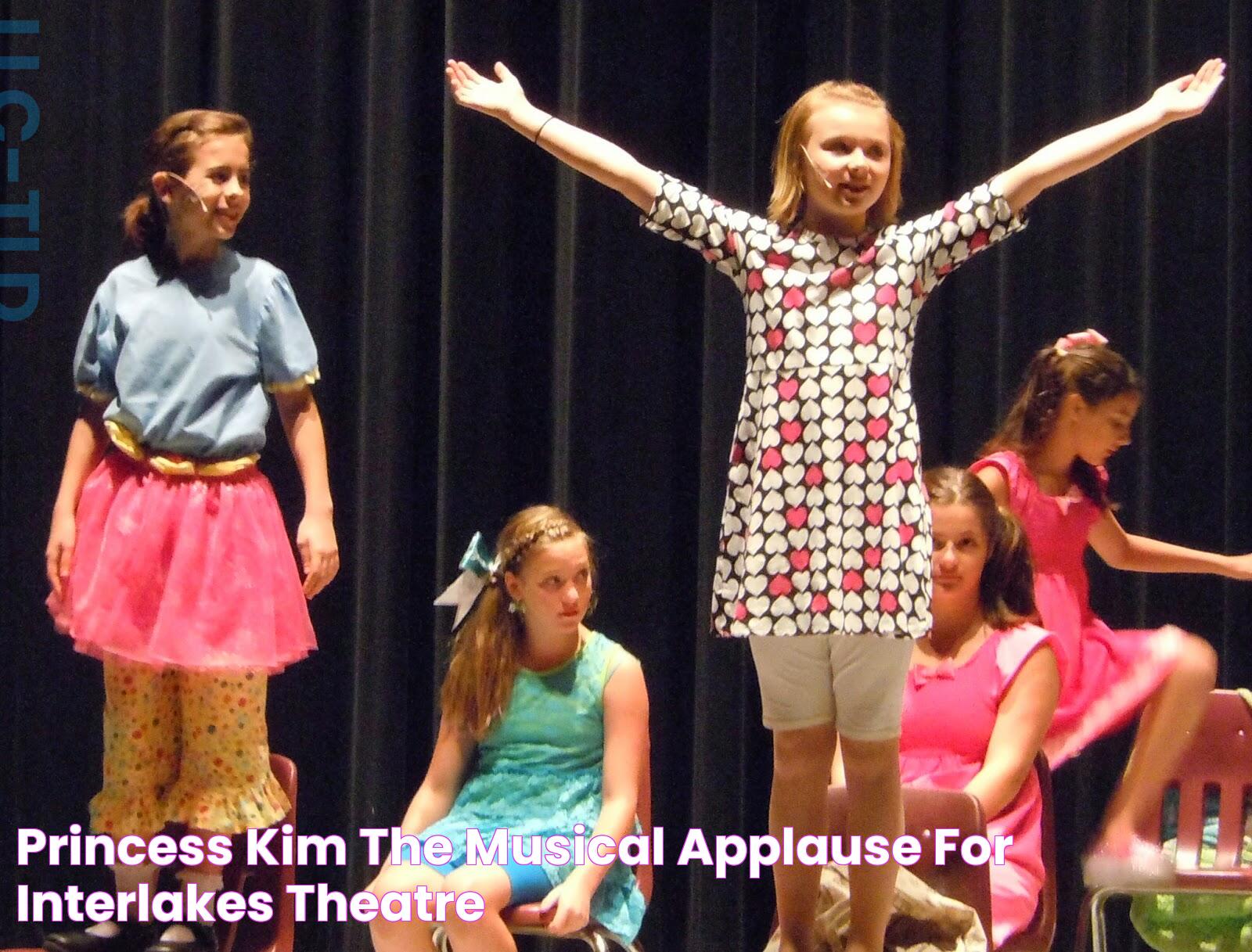Musical applause, an often underestimated yet vital component of the concert-going experience, transcends mere auditory recognition of performance. It serves as a bridge between performer and audience, a non-verbal communication that acknowledges talent, effort, and the emotional connection forged through music. This article delves into the nuances of musical applause, exploring its significance, variations, and the psychology behind why audiences applaud after a captivating performance.
Applause is more than just a reaction; it's an integral part of the musical experience that signifies appreciation and acknowledgment of the performers' hard work and dedication. It acts as a shared language between those on stage and those in the audience, conveying emotions that words often fail to express. Whether it be a thunderous ovation or a gentle clap, the nature of applause can vary significantly, reflecting cultural norms and the type of performance witnessed.
Understanding the cultural, psychological, and social aspects of musical applause provides insight into its role in the performing arts. From the etiquette surrounding applause to the unique ways it influences performers' future performances, this exploration unveils the profound impact applause has on both the audience and the artists. Join us as we explore the fascinating world of musical applause and its enduring significance in the realm of music.
Read also:Tax Brackets A Guide To Navigating The Complex World Of Taxation
Table of Contents
- History of Musical Applause
- Cultural Significance
- What is the Psychological Impact of Applause?
- What Are the Different Varieties of Applause?
- Applause Etiquette
- How Does Applause Differ Across Musical Genres?
- Applause and Its Effect on Performance
- Famous Moments in Musical Applause
- Technology's Role in Modern Applause
- What is the Future of Musical Applause?
- Musical Applause in Education
- Applause in Digital Performances
- Frequently Asked Questions
- Conclusion
History of Musical Applause
Tracing back to ancient times, applause as a form of recognition and appreciation has evolved significantly. In Roman times, audiences would snap their fingers or wave cloth to show approval. Over centuries, applause morphed into the clapping of hands, becoming a universal symbol of appreciation in various cultures. The evolution of musical applause reflects societal changes and the growing appreciation for the arts.
Cultural Significance
Musical applause is deeply embedded in cultural contexts, with different regions having their unique customs. In Western classical music, applause is typically reserved for the end of the performance, while in jazz concerts, intermittent applause for solos is common. Understanding these cultural nuances not only enriches the concert-going experience but also fosters a deeper connection with the music.
What is the Psychological Impact of Applause?
The psychological impact of musical applause extends beyond simple acknowledgment. It reinforces social bonds, boosts performers' confidence, and provides immediate feedback. For the audience, applause can enhance the emotional impact of a performance, creating a shared sense of joy and satisfaction.
What Are the Different Varieties of Applause?
Applause can vary greatly in form and intensity, from polite clapping to standing ovations. Each type of applause carries its own meaning and significance. A slow clap may indicate a build-up to enthusiastic applause, while a standing ovation is reserved for truly exceptional performances.
Applause Etiquette
Applause etiquette varies across different musical settings. Knowing when to clap is crucial to maintaining the flow of a performance. In classical music, for instance, applauding between movements is generally discouraged, whereas in other settings, spontaneous applause can be a sign of appreciation and engagement.
How Does Applause Differ Across Musical Genres?
The nature of applause varies across musical genres, influenced by tradition and audience expectations. In rock concerts, loud, enthusiastic applause and cheering are common, while in opera, applause is often more reserved and focused on vocal solos.
Read also:Investing In Xom Stock A Guide To Opportunities And Risks
Applause and Its Effect on Performance
Applause can significantly impact a performer's experience and performance. It serves as a form of instant feedback, influencing an artist's mood and energy levels. Understanding how applause affects performers can offer deeper insights into the dynamic between artists and their audience.
Famous Moments in Musical Applause
Throughout history, there have been iconic moments of musical applause that have left a lasting impact. From legendary concerts to unforgettable opera performances, these moments highlight the power and influence of applause in the music world.
Technology's Role in Modern Applause
In the digital age, technology has transformed the way we experience and express applause. Virtual applause, live streaming, and social media interactions offer new avenues for audience engagement, expanding the traditional boundaries of musical applause.
What is the Future of Musical Applause?
The future of musical applause is shaped by technological advances and changing audience dynamics. As live performances evolve, so too will the ways in which audiences express appreciation, blending traditional and modern forms of applause.
Musical Applause in Education
In educational settings, musical applause plays a vital role in encouraging young musicians. It fosters a supportive environment that nurtures talent and instills confidence. Understanding the educational aspects of applause can enhance its positive impact on students.
Applause in Digital Performances
With the rise of digital performances, the concept of applause has had to adapt. Virtual clapping tools and online comments sections have become modern substitutes, allowing audiences to express their appreciation even from afar.
Frequently Asked Questions
- Why do audiences clap after a performance?
- How did the tradition of applause start?
- What does a standing ovation signify?
- Can applause impact a musician's career?
- Why is applause different in various music genres?
- How has technology changed musical applause?
Conclusion
Musical applause remains an essential element of the concert-going experience, bridging the gap between performers and audiences. Its rich history, cultural significance, and psychological impact underscore its importance in the world of music. As we continue to explore new ways of expressing applause, its role in enhancing the musical experience will undoubtedly endure.

